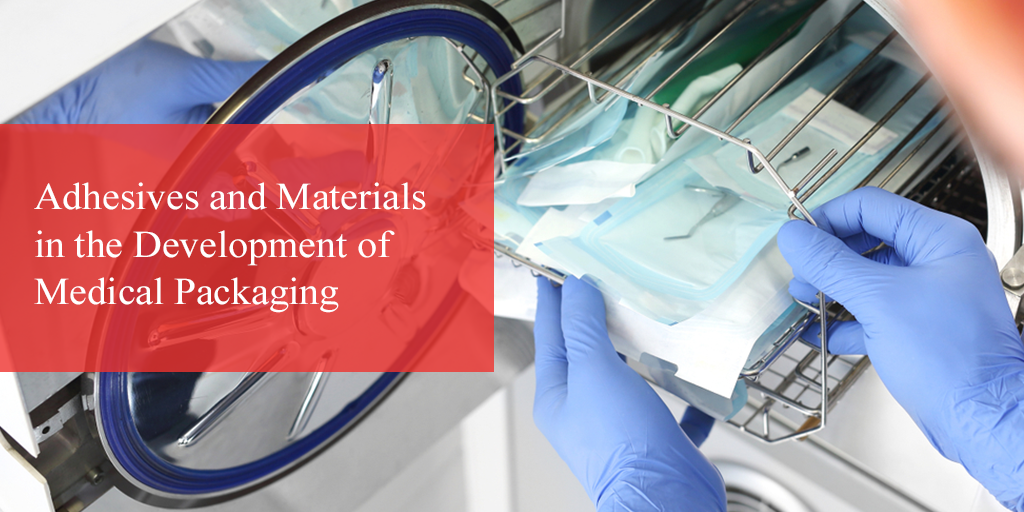The need for packaging in the medical and personal care market is constantly evolving. Packaging is incredibly important because it helps keep the products safe and sterile. All parts of the packaging from the materials used to the glue holding it together need to be considered to create a safe product. If proper planning does not occur ahead of time, flaws in medical packaging can cause delays and ruined items. Here are some of the design and validation processes that need to be considered to manufacture quality medical packaging.
Packaging Design
Medical devices are packaged in various ways, but the two most popular are pouches and trays. Depending on the nature of the product and the requirements of the company, one method of packaging may be better than the other.
Pouches have a shorter lead time and are more cost-effective to make than trays. On the other hand, trays offer greater protection and are more pleasing to the eye. Both pouches and trays tend to consist of transparent polymers, foil, and Tyvek. Plastics are the most commonly used material and are more compatible with conventional sterilization methods.
Adhesives
Secure packaging is a must in the medical and pharmaceutical industries. Adhesives need to be strong enough to keep the package sealed in transit and prevent tampering. However, the bond needs to allow medical staff and consumers to quickly and easily open the package without tearing.
Many medical packaging manufacturers turn to hot melt or fugitive glue to keep products sealed. When selecting a glue, one needs to consider if the package will need to be resealed after use and how the adhesive interacts with the materials used in the packaging.
Sterilization
Choosing the right type of material is important for sterilization as well. The most common methods for medical device sterilization are autoclave, gamma, electron beam, and ethylene oxide. Manufacturers need to choose materials that let the sterilant penetrate the packaging while also not breaking down or causing discoloration.
Some sterilization methods also use gas or steam, so opting for a more porous material that lets the vapor penetrate is necessary for those applications. Manufacturers should always perform a trial run with their designs to be sure they can pass validation.
Testing Requirements
Medical devices and packaging validation testing requirements are listed in ISO 11607. These focus on materials integrity, seal integrity, distribution testing, and packing aging. The validation process for sterile packaging consists of some of the points covered by ISO 11697, but some sterilization methods follow the ISO 11137.
Working with Packaging and Adhesive Experts
Packaging is a critical part of any company; it’s part of your branding and ensures the product's safety. Since packaging involves a variety of design and testing aspects, you should start developing the packaging as soon as the product is in development. Working closely with packaging and adhesives experts can help you avoid costly mistakes, especially if the company is able to test substrates and adhesives in-house for you, which is one of the capabilities LD Davis can offer.
Contact us to discover how working with adhesives experts can improve your medical packaging.







